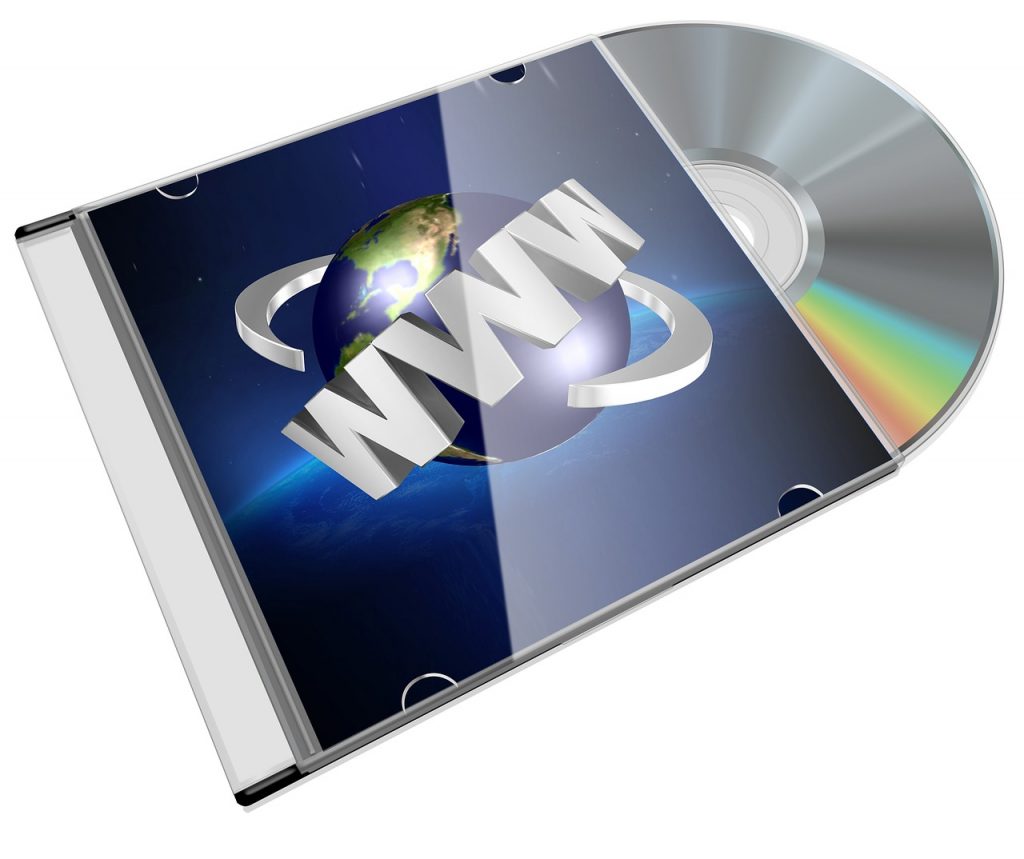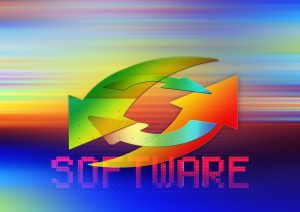Boost Your PC’s Performance with Our System Optimization Software

In today’s digital age, most of us rely heavily on our computers and other devices to get work done, stay connected, and enjoy entertainment. As we install more programs, download more files, and save more data over time, our computers can start to slow down and become frustrating to use. System optimization software provides an effective solution to boost your PC’s performance and reclaim lost speed. In this essay, I will discuss the importance of system optimization, explain what optimization software does, outline key features to look for in top programs, and provide recommendations on how to choose and use optimization software to improve your computer’s speed and performance.
The Importance of System Optimization
There are several reasons why system optimization is critical for PC users today. First, slow computers waste our time. When applications take too long to load, files take forever to open, and webpages stall to load content, we lose precious time waiting on our devices. That lost time reduces productivity and causes frustration. System optimization aims to eliminate those delays by fine-tuning your computer to run faster and more efficiently.
Second, disorganized hard drives lead to sluggish performance. When old files pile up, disk space fragments, and registries become cluttered over months or years of use, computers have to work harder to access data and execute commands. Getting your drives decluttered and defragmented is essential for speed. Optimization software automates these time-consuming tune-up tasks.
Third, outdated or corrupt software can drag down speed. Conflicts between programs, broken shortcuts, and outdated drivers can all cause glitches that slow down your PC. Optimization utilities can identify and troubleshoot many of these issues to boost performance.
Finally, optimized systems run cooler and last longer. When computers are overburdened with technical problems and inefficient operations, they consume more power and generate more heat. This excessive strain reduces the lifespan of hardware components. Keeping your computer properly maintained with optimization software eases the load and helps hardware run smoothly for longer.
What Optimization Software Does
System optimization suites help tune-up PCs in several key ways. Here are some of the core functions optimization software performs:
- Cleans up unnecessary files: Optimization utilities run file cleaners to find and delete junk files, temporary data, corrupted downloads, and other useless items hogging space. This frees up storage space and reduces the load on your drives.
- Defragments hard drives: Over time, saved files become scattered across different sectors of your hard disk, causing slowdowns when accessing data. Defragging consolidates fragmented data so your drives can operate faster.
- Registry cleaners: The Windows registry stores system settings and configurations that can become bloated with corrupted values. Optimization software cleans the registry to delete junk data and fix problems.
- Malware scanning and removal: Some optimization programs incorporate antivirus or malware tools to scan for and eliminate viruses, spyware, adware, and other harmful threats that can negatively impact performance.
- Driver updates: Outdated, missing, or corrupted drivers are replaced with the latest driver versions so that computer hardware and devices can communicate smoothly with the OS.
- Browser data cleaning: Browser caches, cookies, histories, and other tracking data are wiped to boost browser speeds and ensure privacy.
- Startup manager: To accelerate boot times, startup managers allow users to control which programs launch at boot-up and which run in the background. Disable unnecessary startup items to dedicate more CPU and RAM to priority tasks.
Top Features to Look for in Optimization Software
With many system utilities on the market, it helps to know which features are most valuable when choosing software:
Automated tools – Top optimization programs scan your computer and automatically fix problems with minimal input needed from you. This makes tune-ups fast and hassle-free.
Customization – While automatic tools are important, you should also be able to customize cleaning, defragging, and other system processes. Configure the software to best meet your computer setup and preferences.
PC analyzer – Check your computer’s condition and identify trouble spots by running diagnostics. Look for optimization software that offers a deep diagnostic scan and performance rating.
Junk file finder – Quickly locate wasteful temporary files, broken downloads, and other junk using advanced junk detection algorithms for a thorough clean-up.
Multiple device support – Quality system utilities allow you to optimize laptops, desktops, and other devices from one license for convenience and value.
Drive wiper – Securely erase deleted files or wipe entire drives using Department of Defense approved data destruction methods to protect your privacy.
User-friendly interface – The program should be simple and intuitive to use, even for novices. The settings and tools should be easy to navigate and understand.
Customer support – In case you need any assistance in using the software, responsive and knowledgeable customer support is essential. This includes FAQs, manuals, email, phone, and chat support.
Choosing the Right Optimization Software for Your Needs
With an overwhelming number of system utilities available, choosing the right optimization software involves evaluating your needs and doing thorough comparisons. Here are some tips for selecting optimization software:
Identify your performance problems – Note specific lag issues you want to fix, like slow boot times or delayed web browsing. This helps match software tools to your needs.
Consider your technical skill level – If you have limited computer expertise, prioritize programs with intuitive interfaces and highly automated tools. Advanced users may desire more custom settings.
Check hardware and OS compatibility – Make sure the utility is designed to work seamlessly with your computer model, components, and operating system version.
Compare ratings and reviews – Customer reviews reveal how useful the software is for improving real-world performance based on user experiences. High ratings are ideal.
Examine the feature set – Look for all the key functions covered in this essay, including defragging, cleanup, registry repairs, driver updates, diagnostics, and more.
Evaluate price models – Subscription plans offer more flexibility while lifetime licenses provide better long-term value. Check pricing for your budget.
Start with a trial – Downloading a free trial lets you test the software first-hand before purchasing to ensure it works well and improves speeds.
Using Optimization Software Effectively
Once you select quality optimization software matched to your computer, follow these tips to use it effectively:
- Run scans regularly – Schedule or manually perform scans on a consistent basis, such as weekly or monthly depending on your needs. Regular upkeep is key.
- Update the software – Keep the program updated so it has the latest compatibility and can address emerging performance issues. Enable auto-update settings if available.
- Clean before defragging – Delete junk files first before defragging drives for the most efficient defragmentation. Free space allows defragging to fully consolidate files.
- Review logs – Logging details from scans provide insights into detected problems. Logs help monitor your computer’s health over time.
- Add exclusions if needed – If the software is incorrectly flagging files as junk, exclude specific data from actions like deletions. This prevents accidental removal of important items.
- Disable unneeded startup programs – Reduce boot times and system demands by disabling startup programs you rarely use. But don’t disable critical security and OS processes.
- Contact support if issues arise – If the software encounters errors or you have trouble using certain features, get help promptly from customer support to resolve it.
- Uninstall if unsatisfied – If after extensive use the software does not boost performance substantially, uninstall it and try a different utility better suited to your PC.
Conclusion
In summary, optimizing your computer’s performance is one of the best ways to reclaim lost speed and boost productivity when using a PC. Powerful system optimization suites automate time-consuming tuning processes to declutter hard drives, update drivers, fix registry issues, remove malware, and improve system operations. When choosing optimization software, look for top-rated programs with automated tools, customization options, PC diagnostic features, and broad hardware compatibility. Evaluate your needs and research reviews to select reliable software, and follow best practices for regular tune-ups. With a quality optimization utility working behind the scenes, you can enjoy faster, smoother computer performance.








